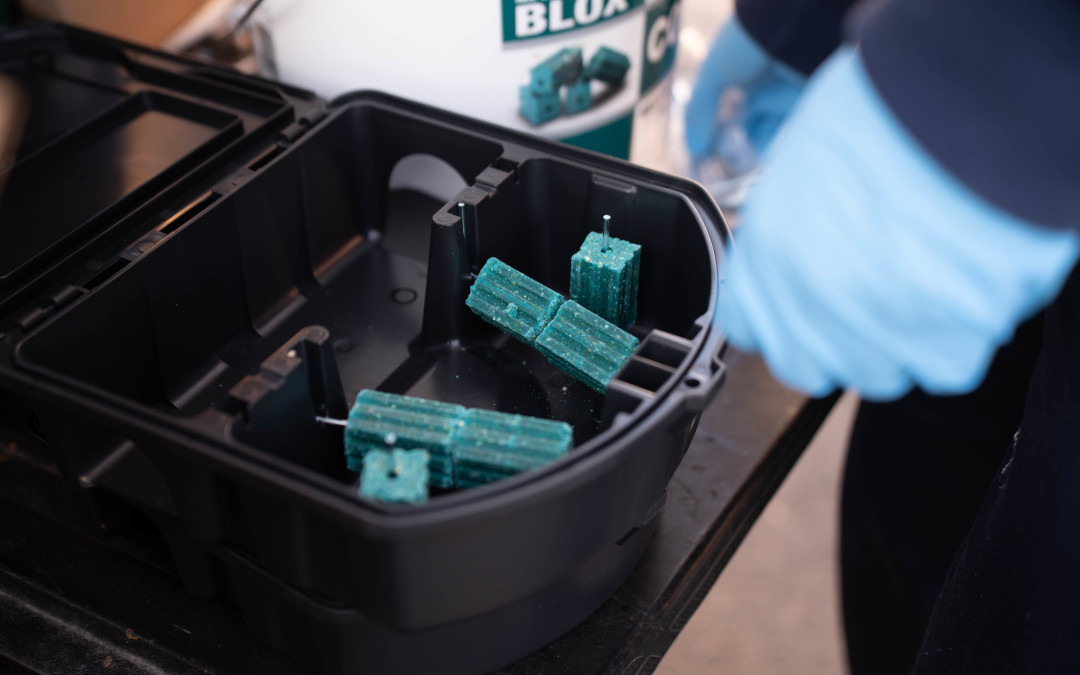Norway rats are remarkable creatures. They can adapt to a lot of environments, and they are very prolific breeders with fast gestation periods and a large number of babies per litter. They are not picky eaters either. They will go for grain, rotting meat, and pretty much anything they can find in the trash. On top of that, they are able to chew through metal, swim through toilets, survive 50ft falls, swim for long distances, and even feel empathy.
Norway rats are such a prolific pest in fact that they cost the US $19 billion per year, which is a sixth of the total $120 billion that is spent each year dealing with invasive species. Every large city has to deal with this issue, except the cities in the state of Alberta. Alberta is a province in Canada, home to cities like Edmonton and Calgary. Alberta is known for many things, including ice hockey, beautiful national parks, and bountiful oil supplies. However, not many people know that Alberta does not have a breeding rat problem, despite its significant rural and urban populations. So how did a province the size of Texas manage to achieve this?
Since Norway rats are not native to the North American continent, they slowly spread across it through various means. They reached ports through cargo, they crossed borders, and they hitchhiked whenever they had the chance. Albertans acted quickly. Back in 1950, rats were starting to show up on its eastern border, which is the only viable entry point for the pests. To the West you had the Rocky Mountains, to the south, you had the mountainous border with Montana, and to the north, you had extremely cold weather.
Rats took quite a while to reach Alberta. They reached the continent in the late 18th century, and it took them until the 1920s to reach the province of Saskatchewan to the east of Alberta. By the 1950s, Alberta was much more developed than Saskatchewan was in the 1920s, and the province declared rats a pest as soon as they started showing up in the province, making rat control obligatory. A rat control zone was established along the eastern border, in a strip that was 300 km long and 20 to 50 km wide. In this area, poison was used to kill rats in any infested building, and preventative measures were put in place. On top of that, the government launched a campaign of public education to help residents identify these rats and call pest control specialists immediately. This effort was so effective, that in the 1950s you had 500 reported Norway rat infestations per year, and by 2003 you had zero.

